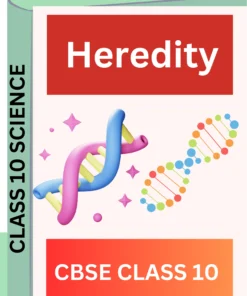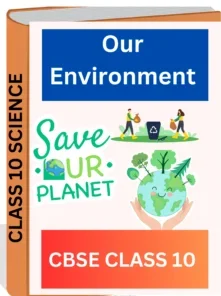Human Activities Affecting Ecosystems
Overview of Human Impacts
Every action you take, from driving a car to buying groceries, can potentially impact ecosystems globally. Here are key ways in which human activities have altered the natural landscapes:
Deforestation: Removing trees to make room for agriculture or urban development disrupts every aspect of the ecosystem, by destroying the habitats of numerous species and reducing the planet’s capacity to absorb carbon dioxide.
Pollution: Chemicals released into the air, water, and soil can have devastating effects on wildlife and plant health. For example, nutrient runoff from agricultural lands can lead to eutrophication in water bodies, creating dead zones where life cannot survive.
Urbanization: As cities expand, natural landscapes are converted into urban areas. This not only fragments habitats but also increases pollution and the heat island effect.
Case Study: The Aral Sea
Once the fourth largest lake in the world, the Aral Sea has shrunk drastically due to the diversion of rivers for cotton farming in Kazakhstan and Uzbekistan. This has resulted in severe ecological crises, impacting fishing communities and local weather patterns.
Exercises
Research and Reflect: Investigate a local area where human development has impacted the local ecosystem. What species are affected, and what measures could mitigate these effects?
Discussion: How does the use of pesticides in agricultural practices near your community affect local water bodies?
Climate Change and Its Effects on Animals and Plants
Impact of Climate Change
Climate change is altering the natural order of ecosystems worldwide through:
Changing Habitats: As temperatures rise, many species are forced to migrate to cooler areas, which may not be suited for their survival.
Phenological Shifts: Changes in the timing of natural events, such as flowering or migration, can disrupt the relationships between species. For instance, if plants bloom earlier than usual, the pollinators they depend on may not be available.
Ocean Acidification: Increased CO2 levels are leading to higher acid levels in oceans, affecting marine life, especially organisms with calcium carbonate shells like corals and certain species of plankton.
Real-World Application: Polar Bears in the Arctic
Polar bears rely on sea ice to hunt seals. With rising temperatures causing the ice to melt earlier each year, polar bears have less time to eat and store fat for the winter, leading to decreased survival rates.
Conservation Strategies and Sustainable Practices
Sustainable Practices
You can adopt several practices to reduce your environmental footprint:
Reducing Waste: Simple actions like using reusable bags, bottles, and reducing plastic usage can significantly cut down on waste.
Water Conservation: Fixing leaks, taking shorter showers, and installing water-efficient fixtures help conserve water.
Energy Efficiency: Using energy-efficient appliances and bulbs, and reducing heating and cooling usage can lower your carbon emissions.
Community-Level Conservation Efforts
Communities can come together to protect local ecosystems:
Community Gardens: These not only provide fresh produce but also help in maintaining local bee populations and other pollinators.
Local Wildlife Programs: Participating in or donating to programs that work to preserve local wildlife habitats can make a big difference.
Policy Initiatives
Supporting environmental policy changes plays a crucial role in conservation efforts:
Supporting Renewable Energy: Advocating for policies that reduce reliance on fossil fuels and encourage renewable energy sources is essential.
Protecting Land: Policies aimed at conserving land through national parks or wildlife reserves ensure habitats are preserved not just for current but also future generations.
Restoration Ecology and Habitat Conservation Efforts
Understanding Restoration Ecology
Restoration ecology involves the restoration of degraded, damaged, or destroyed ecosystems. The process often involves active human intervention, such as the reintroduction of native species, removal of invasive species, and rehabilitation of soils and waterways.
Example: Everglades Restoration Project
The Everglades in Florida, USA, have been significantly altered by human activity, particularly through water diversion and the introduction of non-native species. The Comprehensive Everglades Restoration Plan (CERP) aims to capture and store water to mimic natural conditions before human intervention.
Exercises
Project Proposal: Design a simple project plan for a local degraded area that you would like to restore. Include objectives, needed resources, and predicted impacts.
Debate: Should humans intervene in natural processes to restore ecosystems, or should nature be allowed to heal on its own?
Conclusion
Understanding the scale of human impact on ecosystems is crucial for taking action towards a sustainable future. By engaging in conservation practices, supporting policy initiatives, and participating in restoration efforts, you empower not only yourself but also the global community to foster a healthier planet. Together, these efforts contribute to the resilience and sustainability of ecosystems worldwide.








